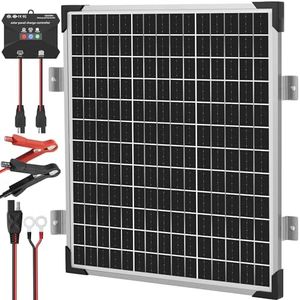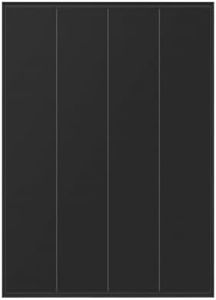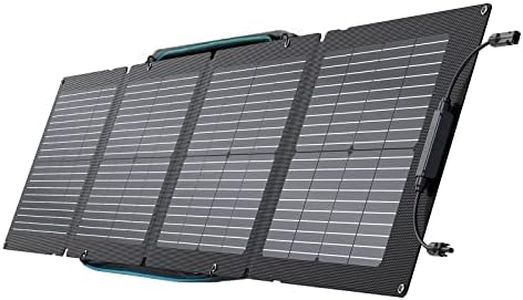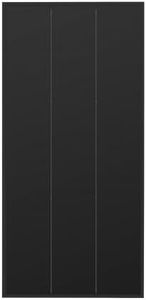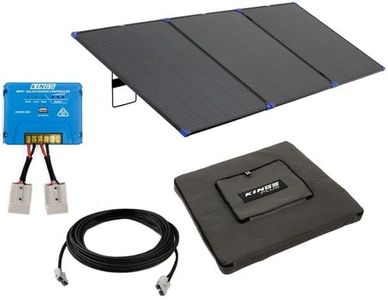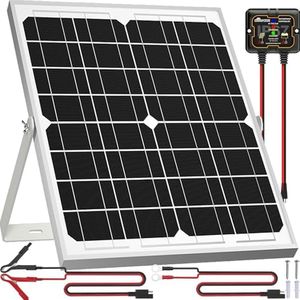We Use CookiesWe use cookies to enhance the security, performance,
functionality and for analytical and promotional activities. By continuing to browse this site you
are agreeing to our privacy policy
10 Best Rv Solar Panel Kit
From leading brands and best sellers available on the web.Buying Guide for the Best Rv Solar Panel Kit
Choosing an RV solar panel kit can significantly enhance your travel experience by providing clean energy for your appliances and electronics, especially when you’re camping off the grid. To make the right choice, it’s important to understand your energy needs and how different solar panel kits can meet those requirements. Evaluating the specific features will help you pick a kit that matches your RV lifestyle and usage habits.Wattage (Power Output)Wattage indicates the amount of electricity the panels can produce in ideal conditions, which is crucial because it determines how many devices you can run and for how long. Kits often come in different wattages such as low (under 100W), medium (100W–300W), and high (over 300W). Lower wattages are good for occasional, light use like charging phones, while higher wattages are better if you plan to power larger appliances or multiple devices. Think about how much energy your devices use and choose wattage to comfortably cover your daily needs.
Panel Type (Monocrystalline, Polycrystalline, Flexible)This refers to the material and build style of the panels, affecting efficiency, durability, and appearance. Monocrystalline panels are more efficient and durable, working well in limited space, while polycrystalline panels are slightly less efficient and usually bulkier but more affordable. Flexible panels are light and can suit curved surfaces, though they may not last as long. If you have limited roof space or want higher efficiency, monocrystalline is a reliable choice, while flexible panels suit lightweight or irregularly-shaped roofs.
Charge ControllerA charge controller manages the flow of electricity from the panel to your battery, preventing overcharging and prolonging battery life. There are PWM (Pulse Width Modulation) and MPPT (Maximum Power Point Tracking) controllers; MPPT is more efficient, especially with larger systems or when sunlight varies. For small setups and basic needs, PWM is usually enough, but if you’re running several devices or want to get the most power possible in varied light, consider MPPT.
Portability and Installation StyleThis refers to whether the panels are designed to be mounted permanently on your RV’s roof or can be set up temporarily on the ground. Portable kits offer flexibility and are easy to set up and store, ideal for travelers who don’t want to make modifications or want to park in the shade. Permanent roof-mounted panels are best if you want hands-off operation and don’t want to think about setup every stop. Think about your travel style—if you stay in one place for long stretches, portable may work better, otherwise permanent installations are often more convenient.
Expansion CapabilityExpansion means the ability to add more panels or batteries to your existing kit to increase capacity. Some kits are ready-to-expand while others are limited to what’s included. If you think your energy needs might grow—say, you get more gadgets or upgrade to a larger RV—look for a system that's expandable. If your needs are stable, a basic kit might be sufficient.
Included AccessoriesAccessories such as cables, mounting brackets, fuses, and monitoring displays can be included in the kit. These make installation easier and can offer additional safety and convenience. Kits with comprehensive accessories simplify setup, especially for beginners. If you’re new to solar or want to avoid hunting for parts, choose a kit with everything included.
